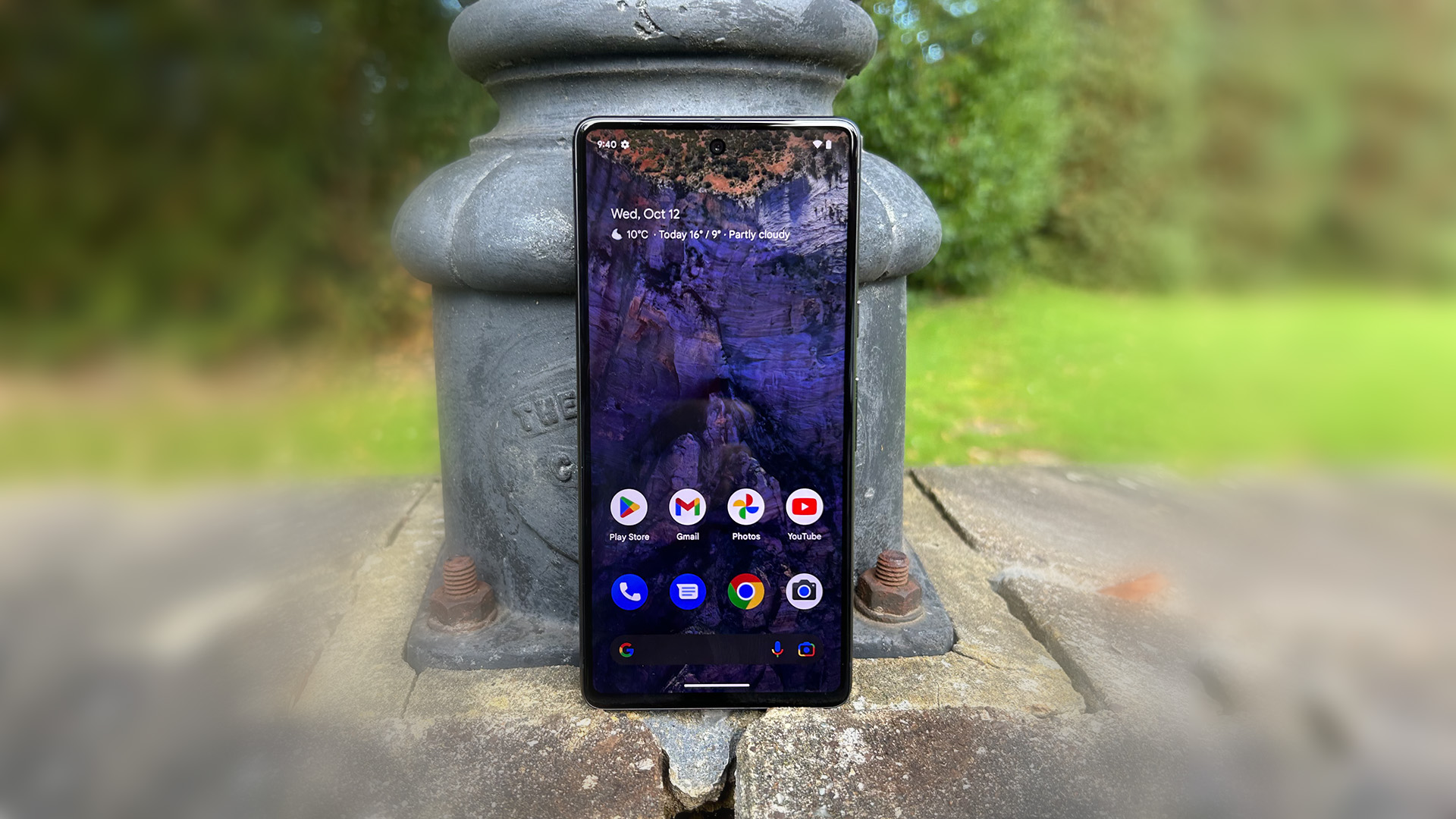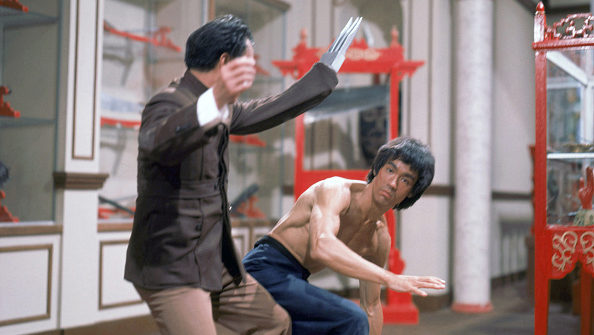What Hi-Fi? Verdict
The Pixel gets a lot right, but it’s not the last word in picture and sound performance
Pros
- +
Quality build
- +
Smooth user experience
- +
90Hz display
Cons
- -
Picture could be sharper
- -
Thin speaker sound
- -
Sound through Bluetooth lacks dynamics
Why you can trust What Hi-Fi?
Google’s Pixel line of smartphones began all the way back in 2016 with the mission to distill Android to its most pure and uninterrupted form with original hardware to match. Google’s intention was to bring hardware and software into a harmonious union, and what better way to do it than straight from the source – it worked for Apple, right?
Seven years later and the Pixel brand is one that's undoubtedly had its highs and lows, with major redesigns, controversies and triumphs – and yet the ethos remains clear: a device to experience Android in its purest form. So does the Pixel 7 continue this endeavour? And, more importantly, should it be your next smartphone?
Price
By usual flagship smartphone standards, the Pixel 7 seems like an absolute bargain. Starting at £599 / $599 / AU$999, the Pixel verges on the upper end of the budget range, undercutting its most obvious Apple rival, the iPhone 14, by nearly a third of its asking price. It’s also launching at the same price as its predecessor, the Pixel 6, differentiating it from the iPhone 14, which is more expensive outside the US than its predecessor was.
For the seemingly very reasonable asking price, you get an admirably specced device, equipped with Google’s brand new, in-house developed Tensor G2 processor, 128GB of storage and 8GB of RAM. There is a 256GB storage / 8GB RAM option for £100 / $100 / AU$130 more, and with no option to expand the memory via an SD card, it's worth springing for the extra storage if you plan on snapping lots of pictures or downloading movies and music.
The Pixel 7 sits in the middle of Google’s current Pixel line-up, with the budget-oriented Pixel 6A currently retailing for £349 / $349 / AU$749, and the more expensive Pixel 7 Pro retailing for £849 / $899 / AU$1299. The Pro offers a larger, higher-resolution display, 120Hz adaptive refresh rate and an extra telephoto lens camera.
Build

Google’s handset is smart and feels nice in the hand. Taking the reins from the Pixel 6, which saw a major design overhaul for the Pixel brand, the 7 keeps the smooth, glossy glass design and protruding camera bar set-up, but refines practically every aspect to make for a seriously sophisticated smartphone. The camera bar is the most notable change, with Google swapping out the long glass strip for a metal bar that blends into the aluminium frame seamlessly.
The phone weighs in at just under 200g, which is some sort of goldilocks spot as the phone feels perfectly weighty and premium in the hand without feeling bulky or cumbersome. The Pixel is available in three hues – Obsidian (black/grey), Snow (white/silver) and Lemongrass (yellow/gold). We love the look of our Obsidian review model – the gunmetal aluminium accents are the definition of sleek.
The phone takes a minimalist approach, as is Google’s design philosophy, with no extra function buttons or headphone jack; you’ll just find the standard lock button, volume rocker and USB-C charging port adorning the edges of the device. While this keeps the phone low-key, it's missing the character of the Pixel phones of old with their brazen neon lock buttons and funky two-tone design. This appears to be Google’s way of showing us that the Pixel has matured.
Features
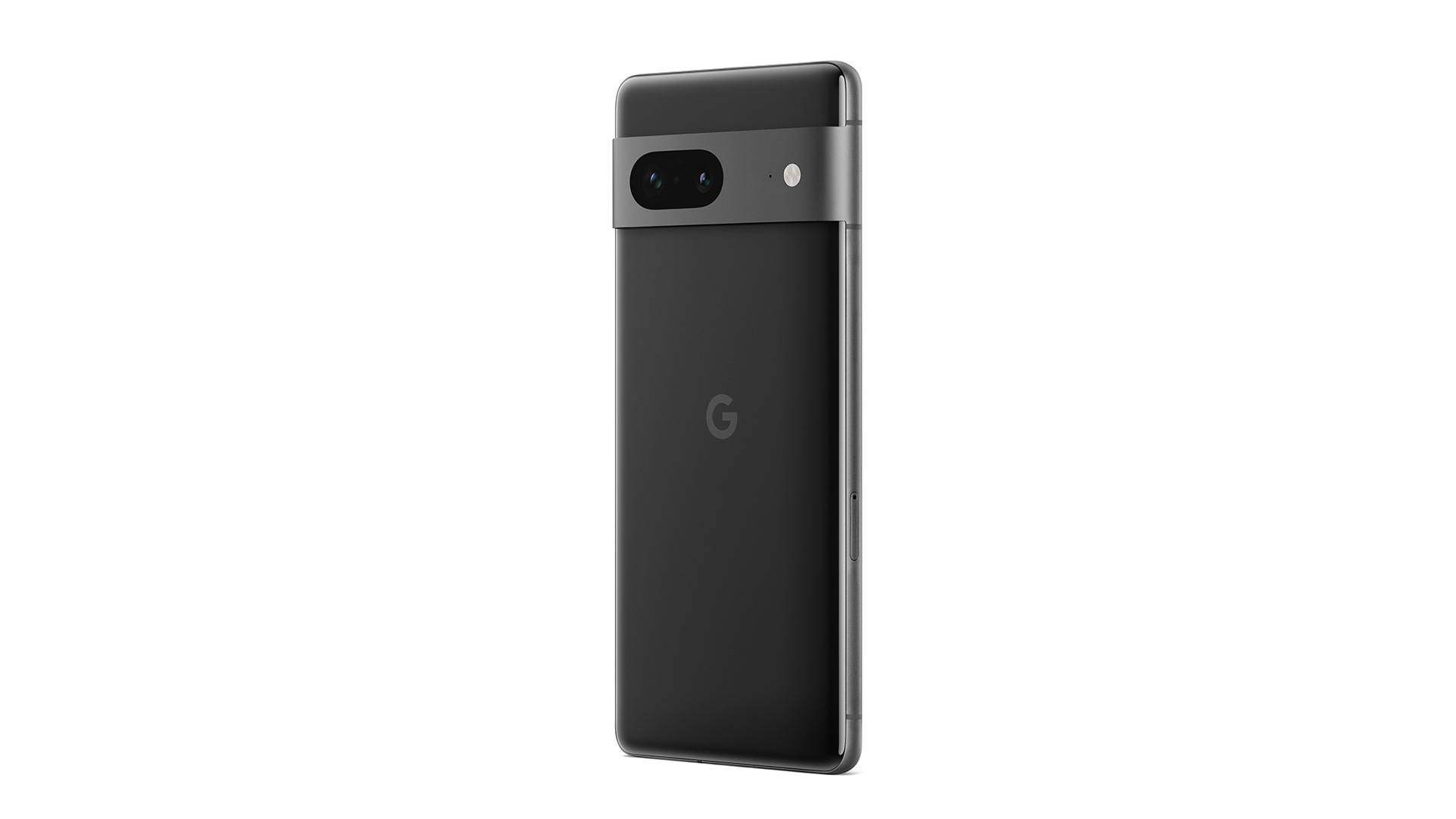
As previously mentioned, Pixel phones are primarily vessels for the purest Android experience, and the Pixel 7 endeavours to continue this mission. The phone ships with Android 13, the latest operating system from Google, and it brings a host of quality-of-life and customisation features. This includes the “Material You” system of matching the OS’s aesthetic to your wallpaper, with the phone intelligently picking out complementing colours for icons, menus and more. There are also options to enact system-wide translation options to multiple languages and filtered notification options to prevent your lock screen from being bombarded by unwanted pop-ups.
The Pixel 7 is powered by Google’s in-house designed Tensor G2 processor. This second-generation chip is a powerhouse, keeping the Android OS running smoothly and without any noticeable stuttering or glitching. In a way, it’s reminiscent of Apple’s philosophy of in-house design and software working harmoniously, and it works well with the Pixel.
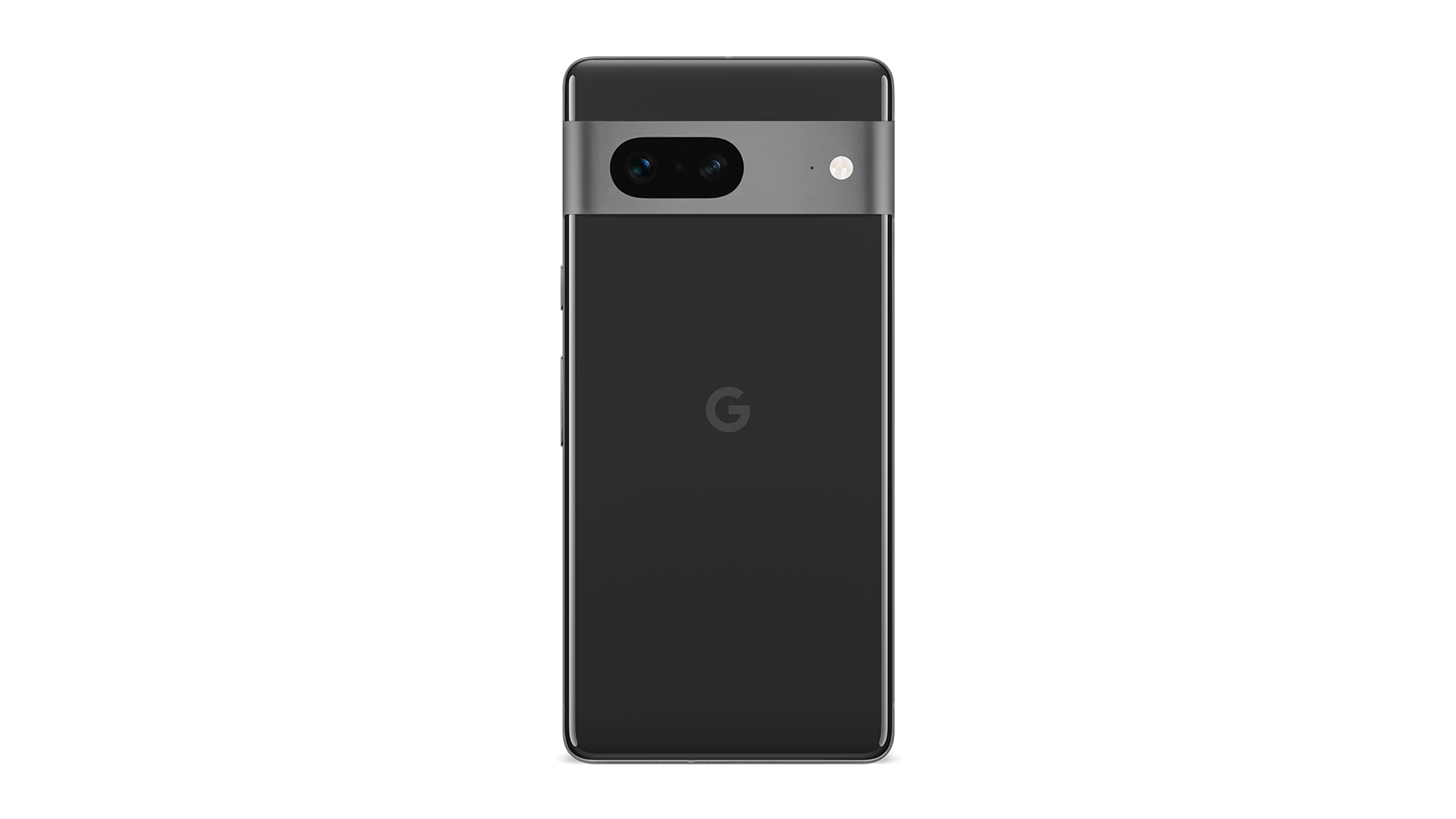
Display 6.3-inch OLED
Resolution 1080 x 2400
Finishes x3 – Obsidian, Snow, Lemongrass
OS Android 13
Storage 128GB, 256GB
RAM 8GB
The Pixel 7 sports a capable OLED display that measures 6.3-inches on the diagonal and has a Full HD+ resolution of 1080 x 2400 and a pixel density of 416ppi. Google also claims that the display can hit a peak brightness of 1400 nits, which is 200 nits more than the iPhone 14.
This extra brightness should be telling with HDR video. The display supports HDR10 content from services such as Netflix, and apparently also supports HDR10+, though it’s not clear during testing whether the HDR content we play from Prime Video (the only notable service that serves content in HDR10+) is being shown in HDR10+ or standard HDR10.
Finally, the screen also features a higher refresh rate of 90Hz, making for smooth scrolling and animations, and a snappier-feeling user experience overall.
There is a small hole-punch camera cutout in the top centre of the display that remains mostly unobtrusive in use and allows for biometric authentication via a face scan. Accompanying this is an under-display fingerprint scanner, and both can be used interchangeably to unlock the display and authorise payments.
Google has built an admirable repertoire when it comes to its smartphone cameras, with Pixels lauded as the phones to beat for many generations. This year’s Pixel retains the same dual camera arrangement of last year’s Pixel 6, with a combo 50MP main shooter and 12MP ultra-wide, and it produces clean and detailed images. It does, though, lack the 48MP telephoto lens of the Pixel 7 Pro for higher-quality zoomed photography.
Picture
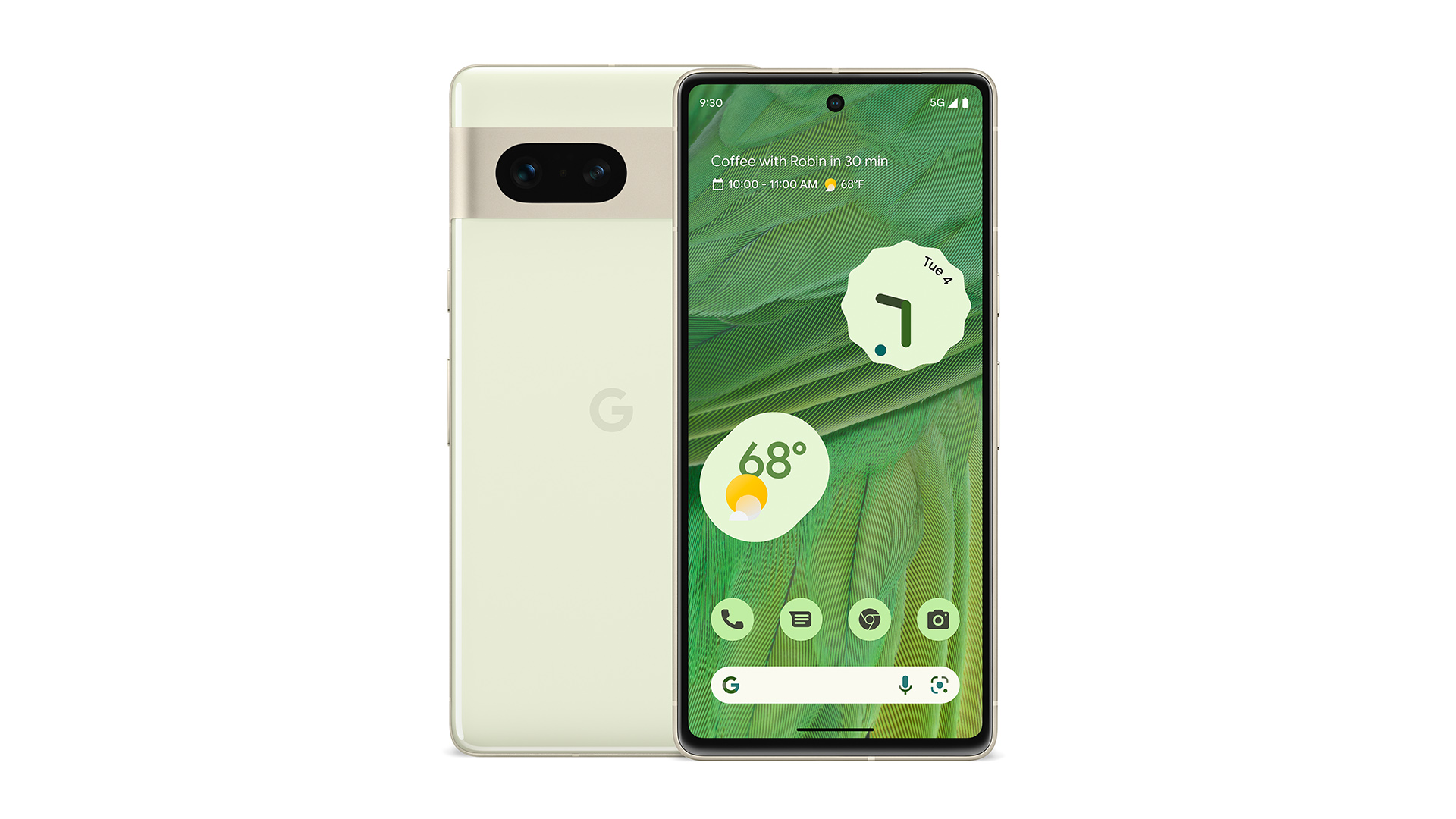
The Pixel’s display is a bit of a mixed bag, and while it has some strengths, such as decent brightness and bold colours, it certainly doesn’t overachieve. Overall, its resolution and lack of shading let it down, and when compared to other Android devices, such as the cheaper, Award winning Sony Xperia 10 IV, the flaws in the Pixel’s picture begin to show.
It seems that everything the Pixel does, the Sony does that little bit better. For example, while both phones have essentially 1080p screens (though the Sony has an extra 120 vertical pixels due to the 21:9 aspect ratio), the Sony looks a tad sharper. Environmental details of the alien planet featured at the beginning of Thor: Love And Thunder are still clear and detailed on the Pixel, but the Sony takes it a step further with subtle, considered shading that reveals extra texture in the rocks and even the clothing of the characters on screen.
This extends into the three-dimensional depth of the images on the Pixel, with the pared-back shading creating a flatter and less immersive image overall. The slightly softer edges and less considered shading result in a shallower image, leaving a somewhat lacklustre impression. There are hints of image depth here, with some subjects appearing to edge into the foreground, but it’s inconsistent. Once again, the Sony prevails here in comparison with an overall more comprehensive approach to depth.
The Pixel, however, still produces a perfectly pleasant image, as it keeps the bold and lively nature of the neon laser-drenched battlefield exciting and punchy. The golden hue cast over the subjects due to the setting sun in the background adds a gentle glow to the scene and plays well into the Pixel’s slightly warmer-toned display. Finally, it also handles motion admirably, with little discernible judder or visual distortion during sweeping panning shots or individual moving subjects on screen.
It's only when compared to the cheaper Sony alternative that the limitations in the picture become apparent. It's worth noting, of course, that the Pixel 7 is a better-equipped smartphone overall, so just how much of an issue its picture deficiencies are will depend on how much value you personally put on movie performance from a phone.
Sound
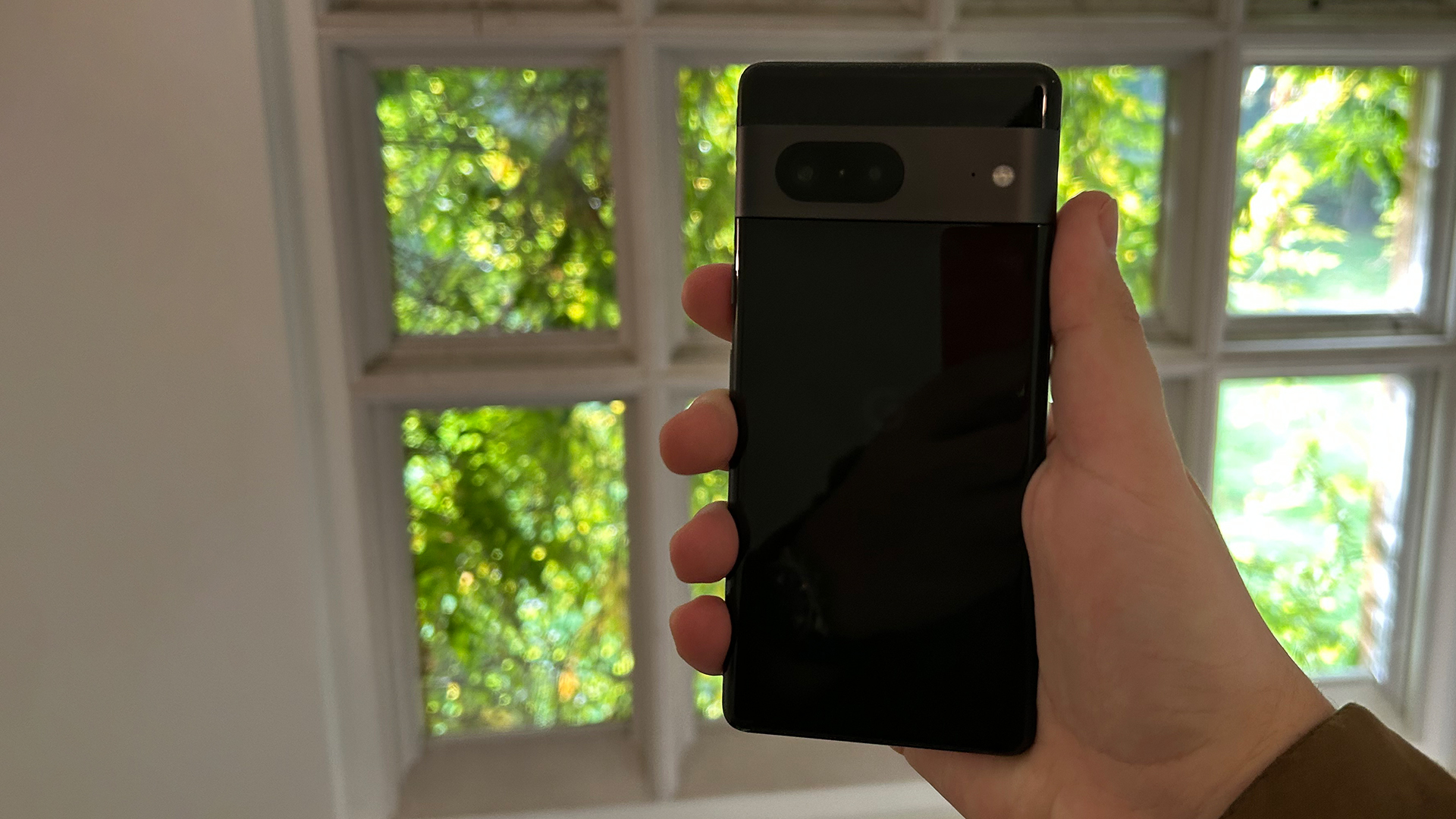
Sound performance on the Pixel is arguably where it loses the most points, with mediocre execution via headphones and speakers alike. Google’s handset struggles with timing and dynamics when headphones are plugged in, with the piano strokes of James Blake’s Limit To Your Love lacking the definite action that we’ve heard from other phones. There’s a sluggish nature to the Pixel’s approach, with the phone displaying limited interest in hitting the note at the desired time.
Dynamics are also fairly weak, especially in a song that prevalently features moments of silence. When the silence is broken, the Pixel lacks punch. In comparison to its cheaper Sony counterpart, the Google sounds restrained and a little bland.
The Pixel’s speakers provide a similarly disappointing performance, with an overall sharp and thin-sounding response when playing the latest Thor film. They’re fine in a pinch, with dialogue sounding clear enough, although you wouldn’t want to rely on them for lengthier movie-watching sessions.
Verdict
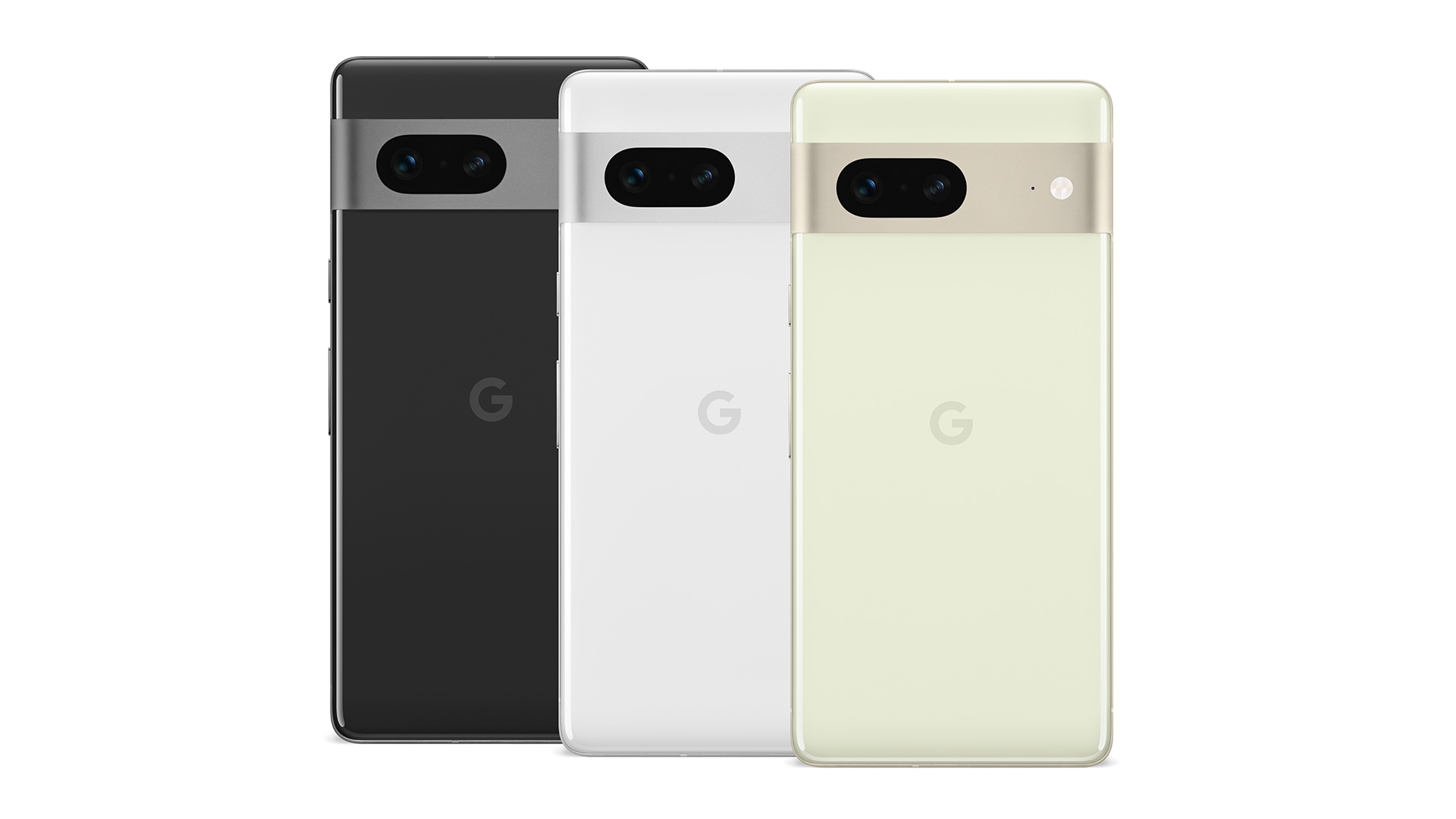
The Pixel 7 boasts a solid and eye-catching design, smooth day-to-day operation and a bountiful feature set, making it a fine choice for those wanting to take their first step into the world of Android phones. It's the ideal choice if all you’re after is a worry-free Android smartphone, particularly if you’ve been on the iOS side for some time.
It’s just a shame, then, that the picture and sound isn’t up there with the best in class, namely the iPhone 14 and Xperia 10 IV. Still, if a 'good enough' AV performance is, well, good enough, the Pixel 7 is a nice phone to live with.
SCORES
- Picture 4
- Sound 3
- Features 5
MORE:
Read our review of the Sony Xperia 10 IV
Also consider the iPhone 14
Read our OnePlus 10 Pro review
What Hi-Fi?, founded in 1976, is the world's leading independent guide to buying and owning hi-fi and home entertainment products. Our comprehensive tests help you buy the very best for your money, with our advice sections giving you step-by-step information on how to get even more from your music and movies. Everything is tested by our dedicated team of in-house reviewers in our custom-built test rooms in London, Reading and Bath. Our coveted five-star rating and Awards are recognised all over the world as the ultimate seal of approval, so you can buy with absolute confidence.
